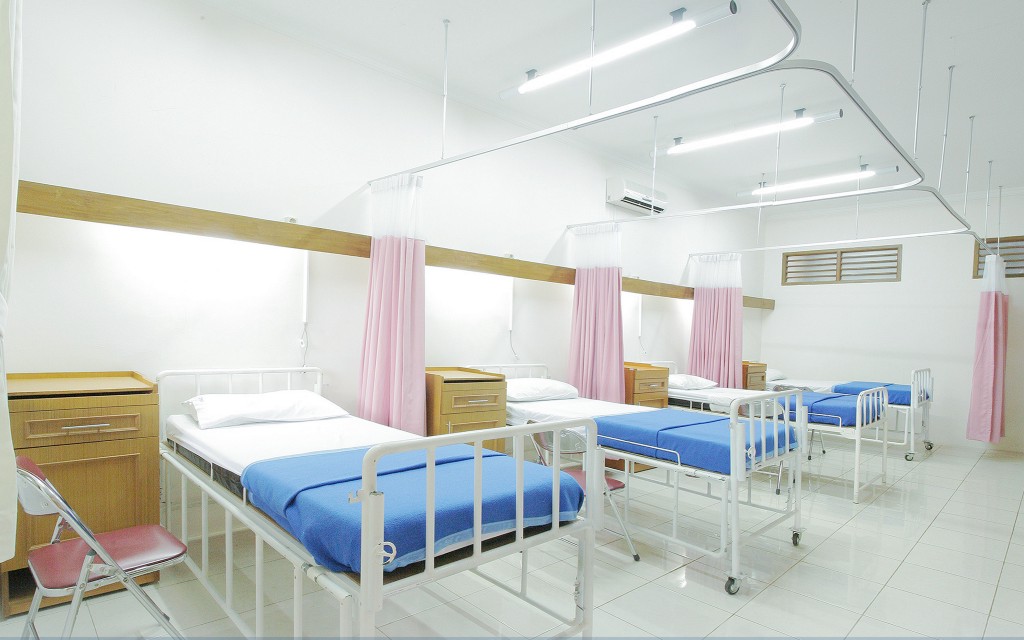
Summary of 2023 Healthcare Budget Outlay
Photo by Adhy Savala on Unsplash
The total budget outlay for healthcare is ₹89,155 Crores (~$11.1B) which is an increase of ~13% over FY’23 Budget of ₹79,145 Crores. This is a ~2.1% share of GDP as compared to a healthcare budget of ~1.4% of GDP in FY’19 — this is a steady increase which is in line with the stated goal of National Health Policy 2017 with a target spend of 2.5% by 2025.
On the pharmaceuticals side, some exceptions have been made through means of customs exceptions –
Exceptions for life-saving drugs, specified drugs, medicines and diagnostic kits has been extended by 2 years till March 2025Exceptions for specified medical and surgical instruments, hospital equipment and specified drugs supplied free of cost to patients under Patients Assistance Program (PAP) has been extended by a year to 31st March 2024
The exception for goods used in the pharma sector has not been extended beyond 31st March 2023.
Indian Healthcare Market
India’s growing urban population with estimates pegging a share of 40% urban by 2030, necessitates larger investments across various domains in the healthcare sector.
The healthcare expenditure in India is largely borne by the Private Sector as shown below. This is largely because of limited governmental facilities for advanced secondary, tertiary and quaternary care.
The presence of infrastructure is largely skewed towards metro cities and >70% is in metro cities. This leaves a lot to be desired in Tier-2 and Tier-3 cities in India.
While the state of Tier-1 cities is certainly better than the rest of the country, the overall numbers on a key metric — bed density (# of hospital beds per 10,000 population) is abysmally low –
There is also a very high shortage of trained and qualified medical support personnel as indicated by the chart below (WHO Statistics 2021) –
The Government’s push in creation of 157 nursing colleges is a much needed and a very welcome move as it will help bridge this significant gap.
Reducing Cost of Healthcare
Healthcare financing in India has been a pain point for long — with nearly 55% of total spend being Out of Pocket (OOP) expenditure. With about 80% of rural, 84% of urban population using their household savings to finance treatment, and 17% of rural and 13% of urban population using debt to finance healthcare costs, OOP is a major financial burden on the Indian populace — which makes increasing coverage a key lever to improve healthcare outcomes. This is an area that has lacked adequate focus in this year’s budget– for instance, due to the lack of availability of input tax credit on supplies for healthcare services which increases the final cost to the patient; moving this segment to a Zero-rating will ensure input tax-credit availability and further reduce the burden on the patient.
Universal Healthcare Coverage
Meeting the ambitious universal coverage goal will require active deployment of significant capital towards creation of infrastructure — this should especially focus on Tier-2, 3 cities where the status quo is woefully inadequate to meet healthcare needs of a growing rural and semi-urban population. Current levels of insurance coverage are very poor at ~36% in 2020 (up from ~17% in 2012) and extending coverage to such a large uninsured population will not be possible only through Government sponsored schemes and will require other innovative ideas to improve coverage — tax deductions on greenfield investments by private sector, income tax holidays for investments in Tier-2 cities, and other innovative PPP models of growth.
Technology to Boost Access and Productivity
Covid-19 witnessed unprecented adoption of technology enabled tele-consultation models — though largely necessity driven adoption, it has made lasting changes in consumer behaviour towards healthcare. This budget missed out on the opportunities to provide incentives to Health-Tech companies that can rapidly bridge the access gap.
Pharmaceuticals & Life Sciences
A new programme to encourage the pharmaceutical industry to invest in R&D will be formulated — this will involve the creation of Centers of Excellence. There is also a plan to provide access to ICMR Labs to private players and medical colleges which will help improve collaboration in R&D.
While the attempt to incentivize R&D in pharmaceuticals is laudable, it is not nearly sufficient — successful R&D in pharmaceuticals requires the creation of an entire innovation ecosystem that has the room to fail and experiment. Our current pharma industry is built on the Generics model — the life cycle of a generic player starts where the life cycle of an innovator ends.
Innovation will require a drastic mindset shift from a “reverse engineering” model to a “creation” model. This will not only require major financial and other incentives from the Government, it will also require Private Industry to step up and take risky bets and deploy large amounts of capital towards infrastructure creation, building new technology parks and arguably the hardest part of it all — finding and investing in human capital.
In Conclusion
It is imperative to focus on building a resilient and robust healthcare ecosystem which can sustain the growing health needs of a growing population and this year’s budget, while it contains key provisions to improve capabilities of the healthcare ecosystem, missed out on some areas which require attention.
Summary of 2023 Healthcare Budget Outlay was originally published in LoEstro Advisors on Medium, where people are continuing the conversation by highlighting and responding to this story.